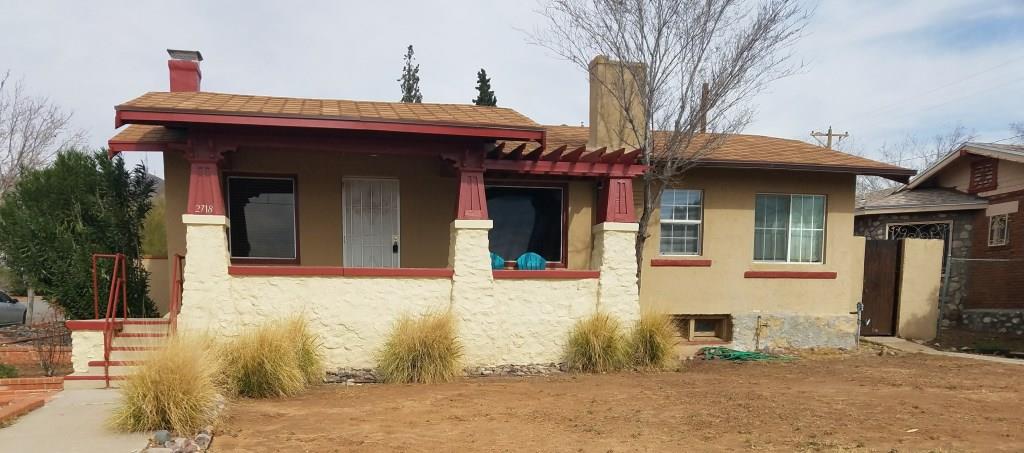Tuesday nights @ 7pm services and zazen seems to be working fine. Last week Susana, representing our Sangha during the incense ceremony and offering the tea, had to pour seven cups of tea. We only have nine sets of zafus and zabutons. And the interesting thing is that Susana and I were the only regulars. The usual suspects were working late, sick, traveling or caring for babies. The new folks (they sat strong, like champs) had come via a friend, word of mouth and the blog. One had come for a third time. My gosh, soon we’ll have to be buying new zafus and zabutons. I look forward to sitting with our Sangha this Tuesday.
But right now I’m in Galveston with my son Johnny. It’s a beautiful sunny day, the surf pounding against the Seawall. Last night, when we got here, I walked along the Seawall, the surf was at high tide, the roaring incessant sound of the waves, the moist wind coming off the Gulf. The seashore always attracts a wild and very diverse menagerie of people, and I’m so happy to be one of them. Our family has a lot of personal history in Galveston, which I won’t go into now, but the city feels like home in so many ways. So I’m glad to be here, although tomorrow we turn around and come back home. Our 3rd floor room has a tiny little balcony and that’s where I sat Zazen this morning. When it’s possible I like to drag my zafu and zabuton outside from time to time and sit. It makes me realize how important it is that the senses be engaged—actively passive—during zazen. It’s important to keep the eyes open during practice, to let in a little bit of light, not to focus on any object, but to simply have the sense of sight present in zazen. I have trouble with this. My eyelids begin to feel heavy and want to shut, and sometimes they do, but when I notice them shut, then I open them. The light is there. So is the sound of traffic on the Seawall, a gull screeching about its morning hunger, some children playing, a worker taking out the garbage and banging the dumpster door shut.
Sit strong and straight. Breathe easy.
Bobby, aka KanKin







